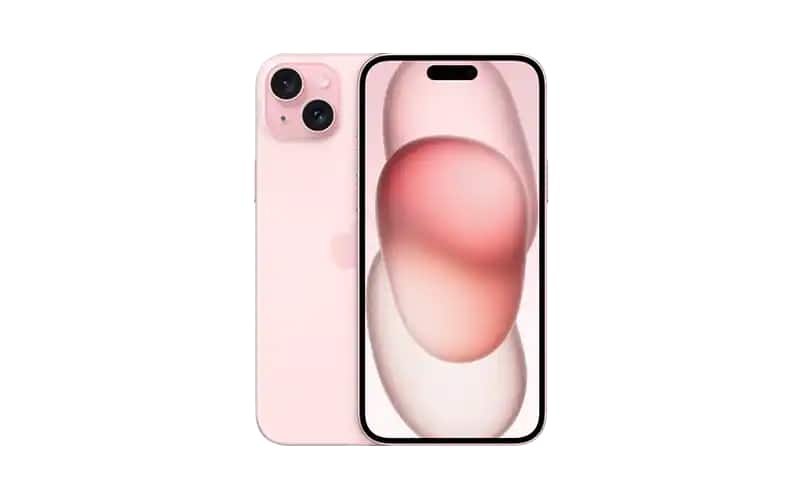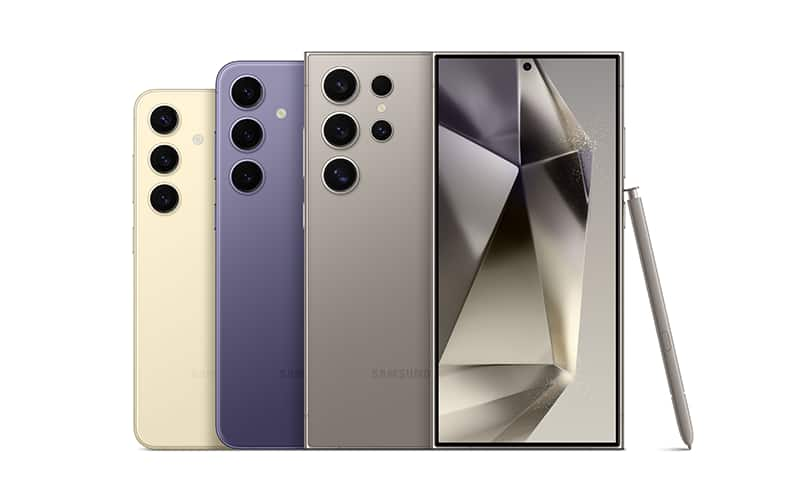What is OLED and why does it matter?
Info at a glance
- What’s the difference between OLED and LCD?
- What are OLED, AMOLED, POLED, PMOLED, and QLED?
- What devices have OLED or AMOLED displays?
- OLED and AMOLED in Apple devices
- iPhones with OLED
- iPads now have OLED
- Samsung devices with OLED
- Samsung smartphones with OLED
- Samsung tablets with OLED
- Smartwatches with OLED/AMOLED
- Which is better, OLED or LCD?
- Is OLED better than 4k?
What’s the difference between OLED and LCD?
What are OLED, AMOLED, POLED, PMOLED, and QLED?
AMOLED stands for Active-Matrix Organic Light-Emitting Diodes (regular OLED is considered passive). In AMOLED screens, each pixel can be controlled individually, which provides even sharper images.
POLED screens are OLED displays that are covered in polymer plastic (different from OLED TVs, which are usually covered by glass). The polymer cover is what provides a lighter weight for tablets and flexibility to smartphones with foldable screens
QLED (Quantum Light-Emitting Diode) is an upgraded version of LCD/LED technology. It’s clearer than your average LCD display, but it’s not as bright or clear as OLED.
Apple devices with OLED
Samsung devices with OLED
Smartwatches with OLED/AMOLED
Most smartwatches do use some form of OLED display. Apple is rumored to be looking into potentially manufacturing its own MicroLED display for its Apple Watch in some future release, but for now, it’s all OLED. The same is true for the Google Pixel Watch and Samsung’s Galaxy Watches.
Which is better: OLED or LCD?
OLED offers better color accuracy (including blacker blacks), faster response time, and better viewing angles. LCD is brighter, more affordable, and less prone to burn-in than OLED.
Is OLED better than 4K?
There’s a common misconception that 4K is different from OLED, but these terms aren’t mutually exclusive. In fact, 4K refers to a display’s resolution—the number of pixels on a screen—regardless of whether the screen is OLED or LCD/LED.
Both OLED and LCD/LED TVs are available in 4K resolution. Sometimes marketers refer to 4K as UltraHD or 4K UHD, but it’s pretty much the same thing.
When it comes to portable devices, we look at pixel density as opposed to pure pixel count. Smartphones have a very high pixel density (ppi—pixels per inch).
An iPhone 15 has a pixel density of 460ppi, whereas a 77-inch 4K TV might have a ppi of 80. Why the discrepancy? It mostly has to do with viewing distance. The closer you get to a screen, the easier it is to see individual pixels. Since we view smartphone screens closeup, the pixels need to be smaller and more densely packed to avoid being detectable.
Whereas with a 77-inch TV, you’re likely to be watching from several feet away. At that distance, you can’t discern individual pixels, even if there’s only 1/6 the pixel density.





